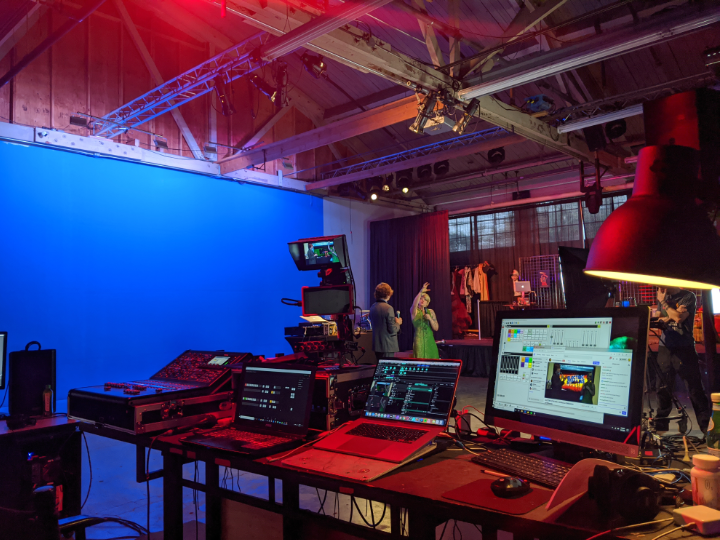Choosing the Optimal Pixel Spacing for Maximum LED Display Performance
Choosing the Optimal Pixel Spacing for Maximum LED Display Performance
Blog Article

As it comes to light-emitting diode walls, one of the most elements to consider is pixel pitch. Dot pitch is defined as the distance between the centers of two neighboring pixels on an light-emitting diode display. This metric is usually expressed in mm. Grasping pixel pitch is crucial because it directly influences the clarity and sharpness of the images displayed. A smaller pixel pitch means that the pixels are nearer together, resulting to a higher resolution, while a bigger pixel pitch yields in a lower resolution. Therefore, selecting the right pixel pitch is vital for obtaining optimal LED wall performance.
The selection of pixel pitch frequently depends on the viewing distance. For example, if the light-emitting diode wall is intended to be viewed from a distance, a larger pixel pitch may be suitable. This is due to the fact that the human eye cannot readily discern individual pixels when they are farther away. On the other hand, if the wall will be observed up nearby, a reduced pixel pitch is necessary. In scenarios such as inside events, where attendees are usually closer to the screen, a reduced pixel pitch will provide a crisper and more distinct image. Therefore, understanding how viewing distance impacts pixel pitch is key to making an educated choice.
Another important consideration is the intended use of the LED wall. Various applications, such as promotion, concerts, or conference meetings, may necessitate different pixel pitches. For instance, an LED wall used for promotional purposes in a shopping mall try this site may gain from a pixel pitch that allows for vibrant colors and elevated detail so that it captures the attention of bystander shoppers. Conversely, an external LED wall used at a concert may focus on brightness and visibility over resolution, allowing for a larger pixel pitch. Therefore, the particular context in which an light-emitting diode wall will be used is vital for establishing the appropriate pixel pitch.
Pricing is also a major factor when choosing pixel pitch. Generally, LED displays with smaller pixel pitches often to be more costly due to the higher density of pixels and the advanced technology needed for production. Although it may be tempting to opt for a high-resolution display with a reduced pixel pitch, financial constraints often necessitate a balance between quality and price. Businesses should evaluate their needs and determine how much they are prepared to spend in an LED wall, ensuring that the pixel pitch aligns with their financial capabilities while still satisfying performance expectations.
Finally, it is crucial to take into account the maintenance and longevity of the LED wall when choosing pixel pitch. Displays with reduced pixel pitches can sometimes be more delicate and may require more careful handling and maintenance. Regular maintenance is necessary to ensure that the display functions optimally over time. Understanding the maintenance needs and potential issues associated with varied pixel pitches can assist organizations make a more knowledgeable decision. By considering all these elements, including sight distance, intended use, cost, and maintenance, individuals can select the perfect pixel pitch for peak LED wall performance.